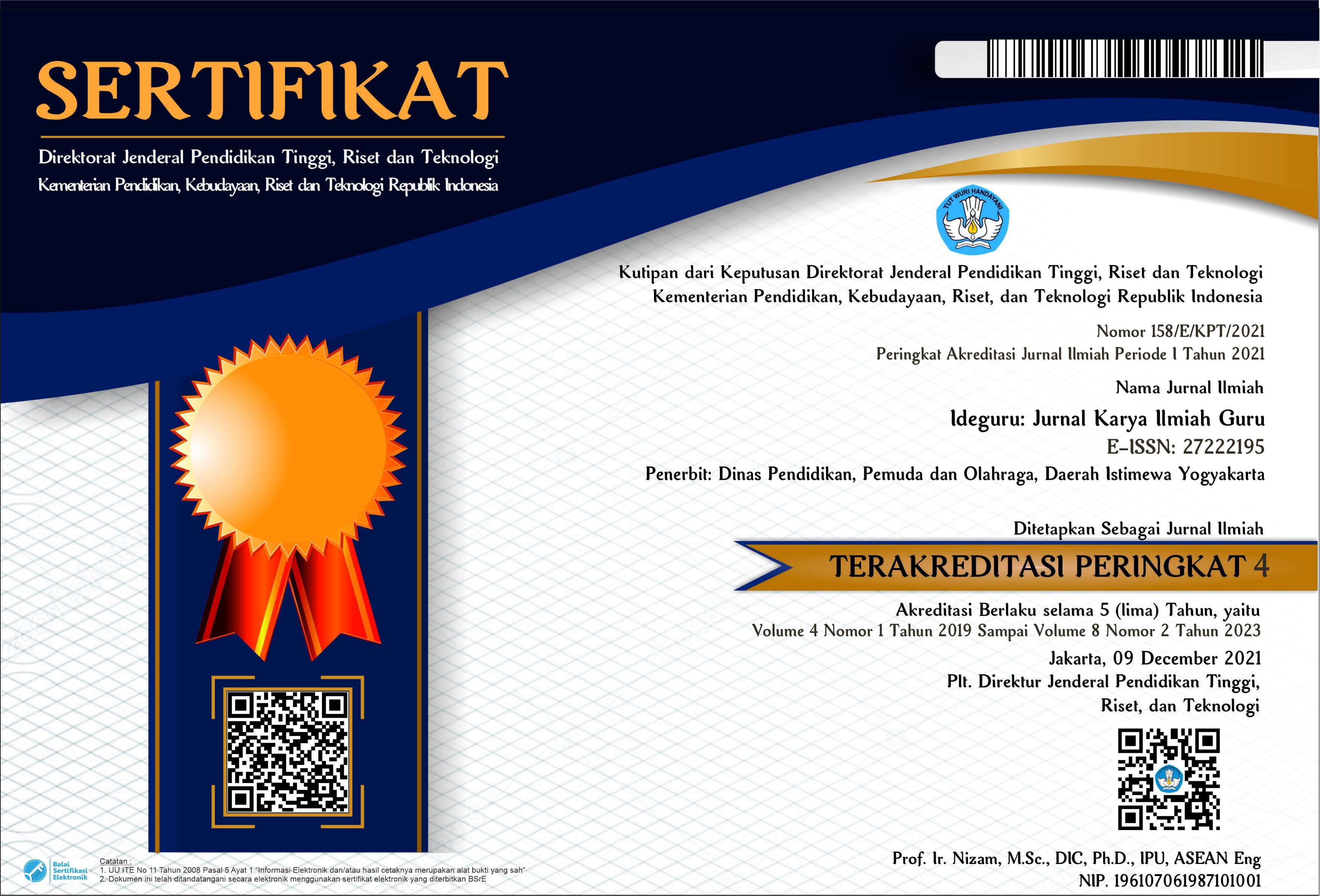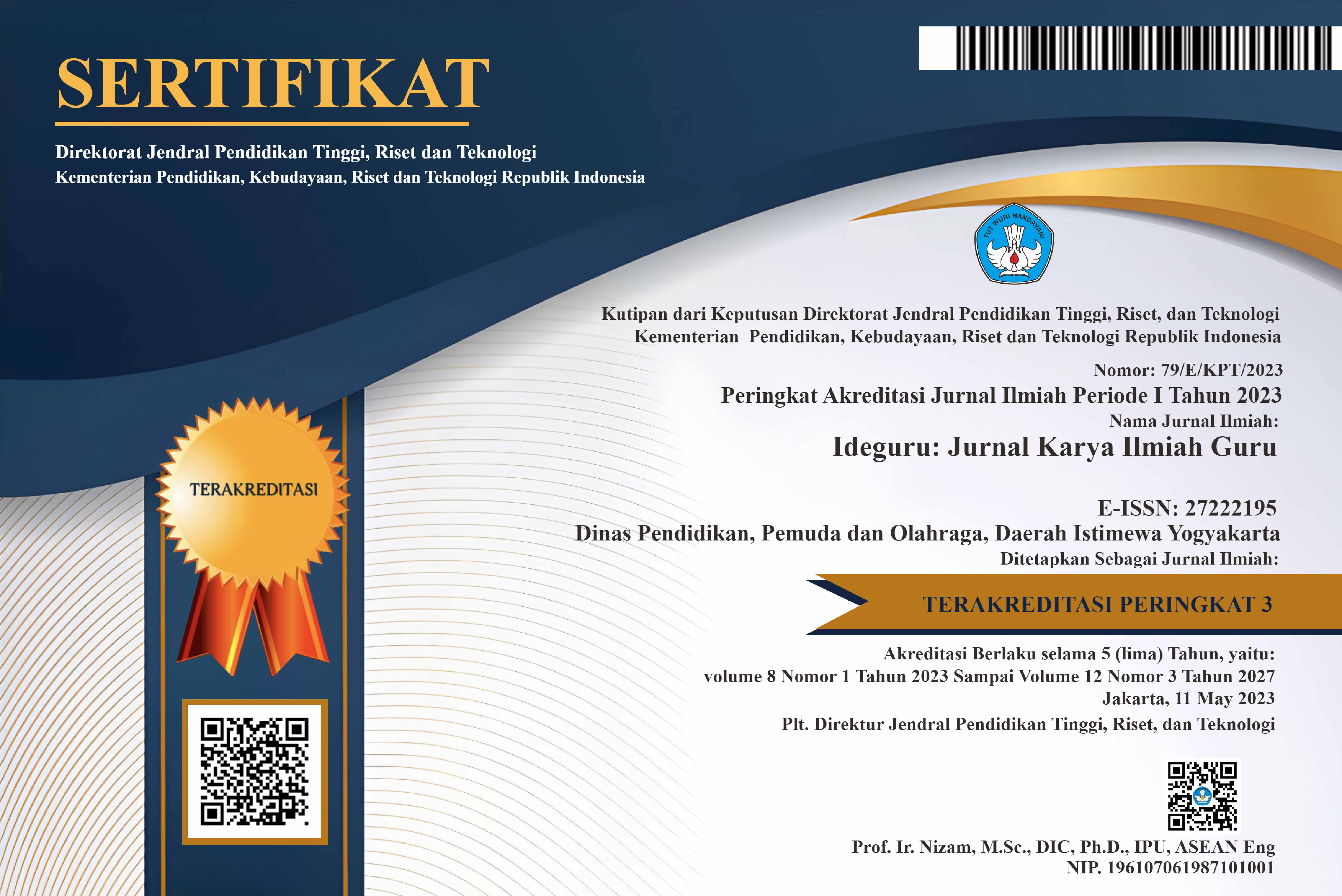Sewing Training for Students with Hearing Disabilities: A Vocational Approach to Enhancing Work Transition Readiness
Abstract
This study aimed to explore the implementation of sewing training as a vocational strategy to support work transition readiness among students with hearing disabilities. The research was conducted at SLB Negeri 1 Bireuen, Indonesia, using a qualitative descriptive approach. Data were collected through semi-structured interviews with three vocational teachers and five deaf students, supported by classroom observations and analysis of student-produced sewing products. The results showed that teachers employed adaptive instructional strategies such as visual demonstrations, step-by-step modeling, and nonverbal communication to address the students’ needs. Students demonstrated increased confidence, motivation, and technical competence in sewing, particularly in creating jilbab products. Product assessments revealed proficiency in stitching quality, accuracy, and finishing. Despite communication challenges, both teachers and students viewed sewing as a meaningful and relevant skill for future employment or entrepreneurship. The study concluded that visually adapted vocational training contributed significantly to both skill development and psychosocial growth. It highlighted the importance of integrating practical, student-centered programs within special education to prepare learners with disabilities for independent and inclusive work participation.
PDF Downloads
Copyright (c) 2025 Istiarsyah, Zakiah Ulfa, Eng Hock Kway

This work is licensed under a Creative Commons Attribution 4.0 International License.

 DOI:
DOI:













